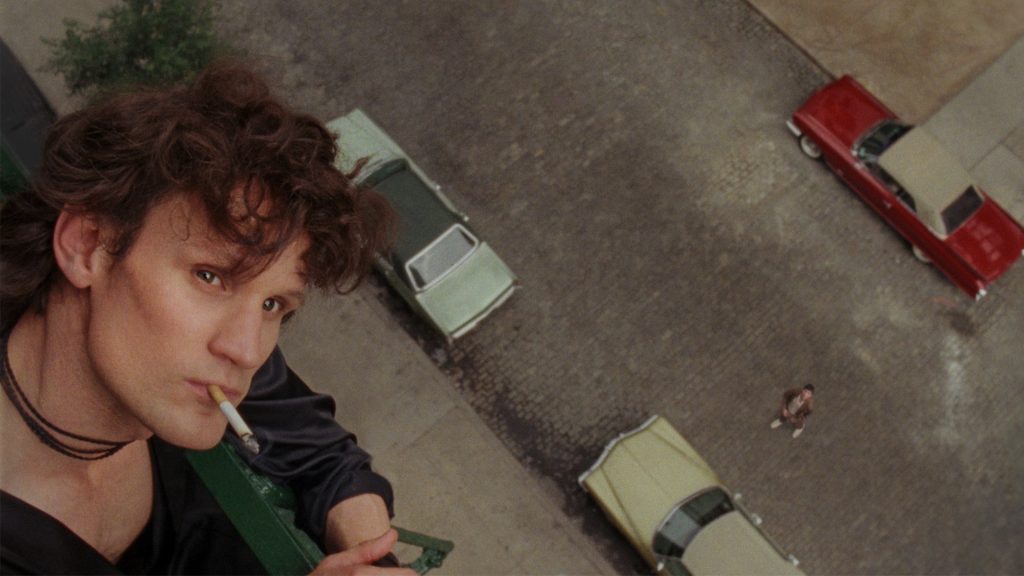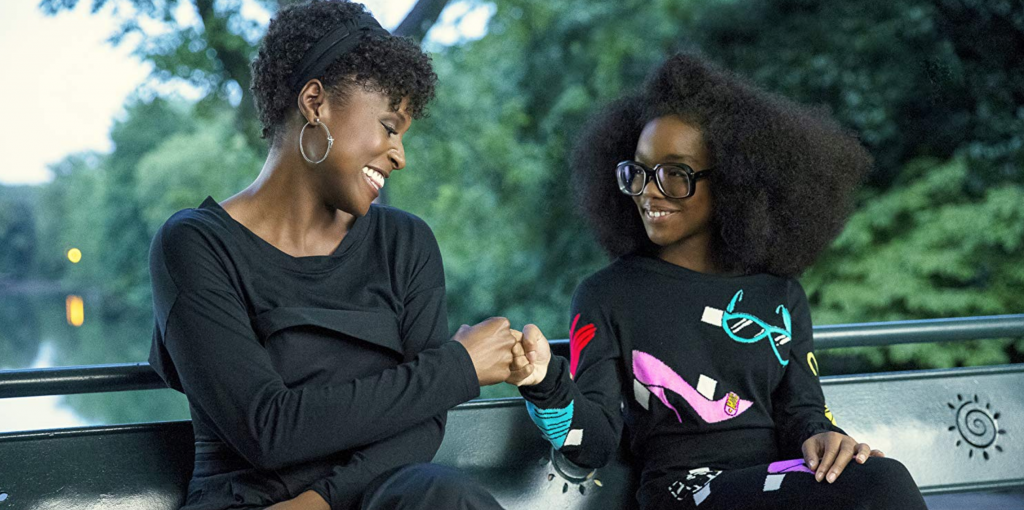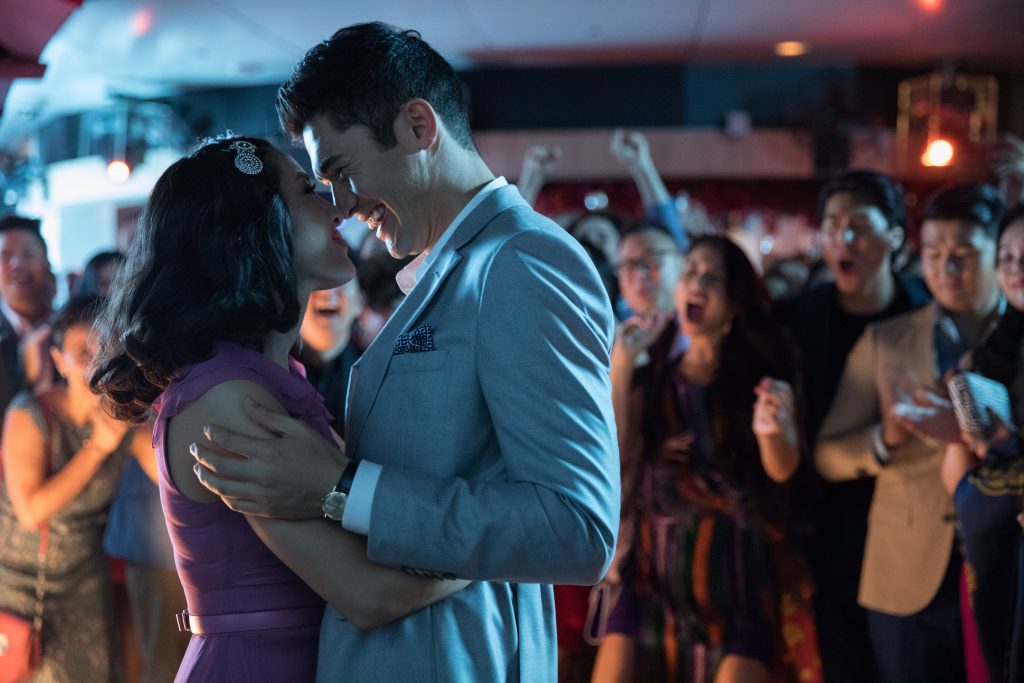
Whether you know his work or not, Robert Mapplethorpe remains an important, iconoclastic figure in the histories of both LGBTQ rights and contemporary art. So much so, in fact, that in 2017, Belgian designer Raf Simons built a couture collection, in collaboration with the Robert Mapplethorpe Foundation, around the famous photographer’s images. Now in theaters, when art in our country is more and more subject to censorship, Mapplethorpe, directed and co-written by female filmmaker Ondi Timoner, examines the artist’s life, with Matt Smith starring as the mercurial, brooding genius.
Actress Eliza Dushku and her brother Nate had been fascinated by the artist and his life since learning of him early on from their mother. They began working to get a narrative film made about him in 2002, and spent over a dozen years committed to getting it to theaters. Timoner herself had known Mapplethorpe’s work since her youth, and vividly remembers having a calendar with his flower photography as a twelve-year-old.
I lived in the Washington DC area during the controversial cancellation of “The Perfect Moment”, Mapplethorpe’s retrospective planned for exhibit at the Corcoran Gallery. For those of us in and around the DC art scene, it ignited our passion about guarding against censorship, and guarding the art and artists most vulnerable to it. Mapplethorpe sexualized his images of flowers and created gorgeous, sculptural, and artistically compelling images of sexuality representing gay sex, BDSM, and other experiences seen as taboo by the general public. I was a fan from the time I was a teenager, and his art fascinates and draws me in to this day. I’m not alone. For example, in 2018, auction prices for purchases of his art were above 3.5 million dollars.
The film Mapplethorpe works best as art when viewed as a platform for actor Matt Smith’s talent. His mesmerizing portrayal of the complicated, often unlikeable personality comes closest to embodying the work of the artist himself. He is all sharp shadows, showing the audience glimpses of emotion, and blunt outbursts meant to keep imperfections hidden. In Mapplethorpe’s photographs, there is often this compelling balance of in-your-face fearlessness and insecurity hidden behind bombast. Smith captures that dichotomy so well that we find the all-too-straightforward biopic storytelling more palatable. I was expecting a film with a far less traditional way of revealing his life, more experimental like Kenneth Anger (now that would have been SOMETHING!) and less like James Marsh of The Theory of Everything. For those who already know about the chronology of his life and the many relationships, especially those with women, that were integral to his success, there are few revelations beyond Smith’s performance, which is nearly as provocative as Robert Mapplethorpe’s famous Calla Lily.
Still, longtime fans of Mapplethorpe’s work will appreciate how much the making of his art is woven into the story, while those new to the artist will get a good first sense of the deeply flawed, inspired artist, and his continued importance to art history. He was and is essential to expanding acceptance of both photography as a collective art form, and gay love and sexuality as beautiful. Though it reveals that in ways that play it a lot safer than it could have, as a narrative film, Mapplethorpe ably brings that truth to the screen.
3 out of 5 stars



